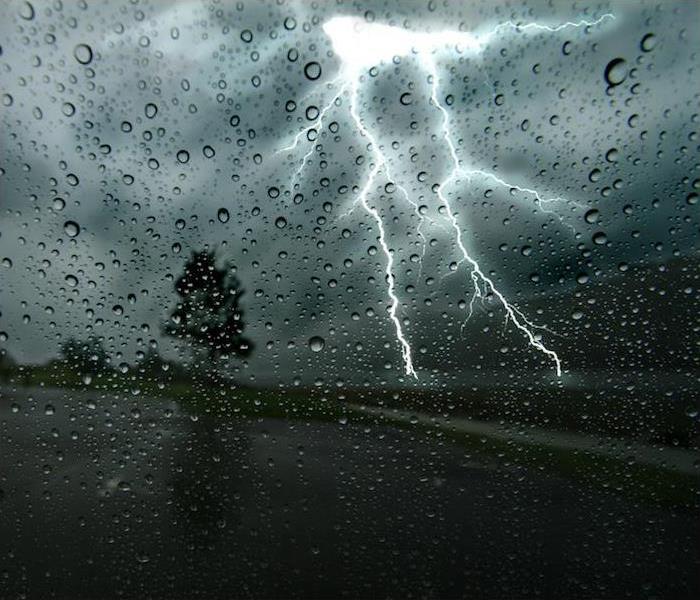Add Thunderstorms to Your Severe Weather List | SERVPRO® of Manayunk and Chestnut Hill
8/12/2021 (Permalink)
 Thunderstorms can pop up at any moment. Contact SERVPRO of Manayunk and Chestnut Hill if you experience any damage.
Thunderstorms can pop up at any moment. Contact SERVPRO of Manayunk and Chestnut Hill if you experience any damage.
If thunderstorms aren’t the first thing to come to mind when you think about severe weather, you aren’t alone. In fact, most people think about tornadoes and hurricanes.
But the reality is: Thunderstorms may be common, but they can also be hazardous. While many thunderstorms pass without incident, there are those that do not—and between high winds, lighting, hail, flooding and other issues that thunderstorms can cause, there are many ways that the weather can turn dangerous quickly.
What is a thunderstorm anyhow? It’s pretty much exactly what it sounds like. A thunderstorm is any storm that involves thunder. By extension, that also means the storm involves lightning, since thunder and lightning always pair together.
When does a thunderstorm become a severe weather situation? A couple conditions need to be present. Severe thunderstorms are defined as storms that contain hail that is one inch or larger and straight-line winds of 58 miles per hour or more.
Thunderstorms & Damage
Damage and injury from lightning strikes. Did you know that fact we shared about thunder and lightning? Most people don’t know they have to go together, but you can’t have one without the other. Even if you can’t see lightning, if you hear thunder, lightning is somewhere in the vicinity. Lightning strikes cause around 300 injuries every year. And that only considers bodily harm. Lightning can also damage your home, vehicle and other property, both through direct strikes and indirect damage.
Property damage due to hail. Nobody likes hail. These ice pellets vary in size from tiny to very large, and the larger they are, the more damage they can cause. The force with which hail falls is also a factor. In severe thunderstorms, when hail is larger, it can easily damage your home’s roof or siding, which can lead to leaks and water damage.
Harm from flash flooding. When you think about flooding, you may think about a gradual process or flood plains. But flash flooding literally occurs in a flash—and it can happen anywhere. This type of flooding happens for a variety of reasons causing a huge amount of water to accumulate, ranging from intense rainfall to a drainage ditch overflow. If flash flood conditions are present or possible, it’s best to stay off the roads.
Thunderstorms are dangerous and can cause significant damage to homes or commercial spaces. If you have damage due to a thunderstorm, you can count on us to help. Contact us 24⁄7 for more information about our storm restoration practices.






 24/7 Emergency Service
24/7 Emergency Service